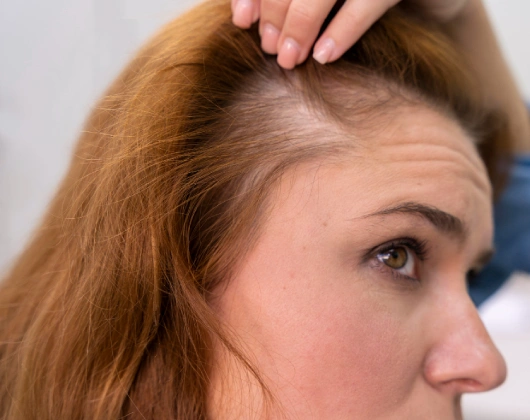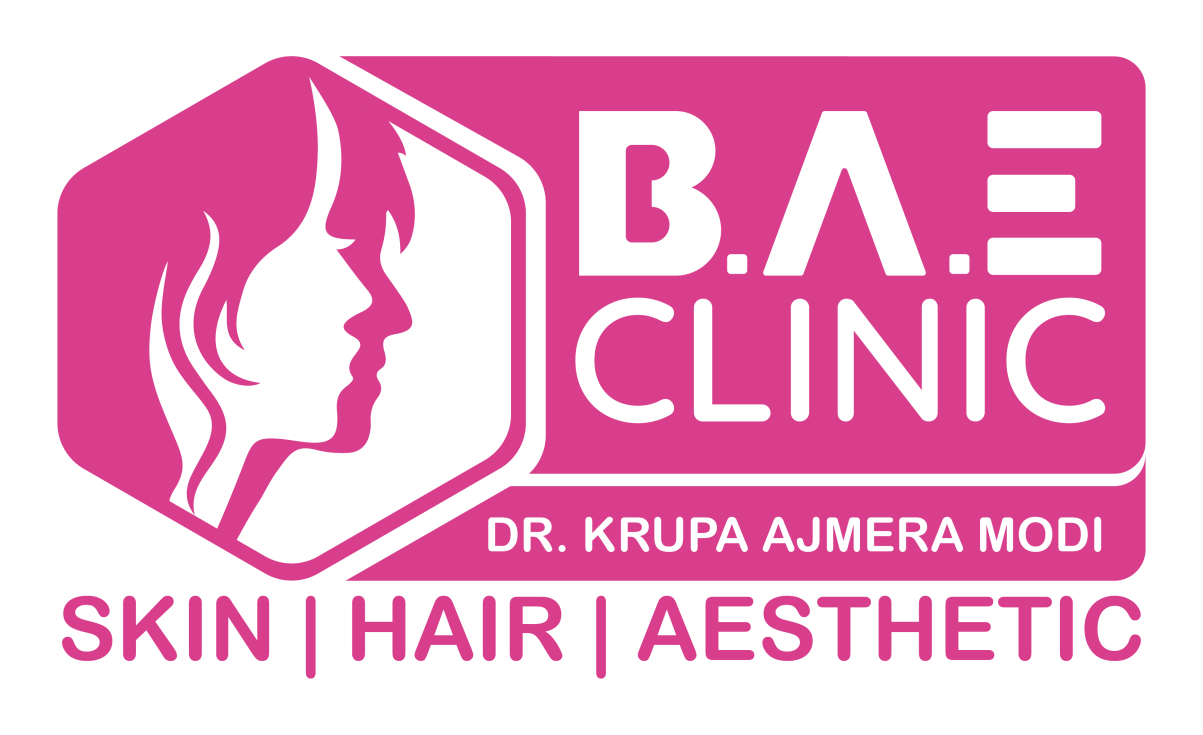
Micro Pigmentation
Scalp Micropigmentation is a non-invasive procedure and typically lasts two to three years. It is most commonly performed by a trained technician to create a natural-looking result. Women and men who are experiencing hair thinning, full baldness, or receding hairlines can opt for this treatment. Scalp Micropigmentation can give you a more youthful appearance by filling in thinning areas and creating the appearance of a fuller head of hair. It is most commonly used to cover bald or thinning areas, but can also be used to create a new hairline or change the color of hair. The pigment is applied in a series of tiny dots and can be customized to match the color and texture of hair.
Recommended For
Mostly recommended for men and women who are experiencing:
- Receding hairlines
- Thinning hair
- Bald patches
- Alopecia
- Scalp scars
- Scalp visibility
It is also opted by individuals who wish to hide scars caused due to a neurosurgical procedure, previous hair transplant, or a traumatic scar. When it is performed with a hair transplant, the individual can see the best results.
Procedure
- First, a numbing cream is applied to the scalp for thirty minutes.
- Then the technician will begin to apply the pigment using a tiny needle or pen.
- The pigment is deposited in a grid-like pattern and can be customized to match your desired hair color and thickness.
- The entire micro-pigmentation of the scalp typically takes two to three hours, depending on the size of the area being treated.
- You may experience some minor discomfort during the procedure, but most people find it to be relatively painless.
Frequently Asked Questions
Who is not eligible for Scalp Micropigmentation
- Those who have skin sensitivities such as psoriasis, breakouts frequently, or a propensity to keloids should avoid undergoing this therapy.
- Speak with your physician or doctor if you are having concerns about whether you are a good candidate or not
Are there any Side effects?
- There are chances to experience soreness after each treatment session.
- During this time, the scalp also remains prone to continued scabbing and bleeding.
- Some of the other side effects include itching, allergies, redness, swollen lymph nodes, or other signs of infection.
- In most cases, these side effects are caused when the treatment is performed by an inexperienced practitioner, unhygienic maintenance, usage of tattoo inks, and unsanitary tools.
- The individual may experience numbness -a temporary side effect, however, it resolves as the body gets used to the transplant.
- In an extensive transplant procedure, the cyst may develop and remain purple. However, it disappears within two to three weeks.
Is there a recovery period after treatment?
- After the procedure, avoid any kind of activities that wet your hair for a minimum of 28 days. It includes steam rooms, heavy exercise, saunas, and swimming.
Keep yourself away from sunlight for at least one month.
Ensure to utilize high SPF sunscreen after a month to safeguard your scalp.
Use fragrance-free and approved moisturizer after the fourth day of treatment. Your physician may give a sample moisturizer that you may use following the treatment at your home.
